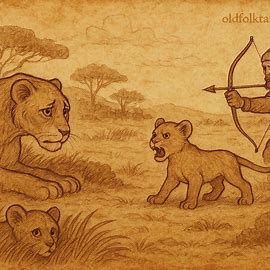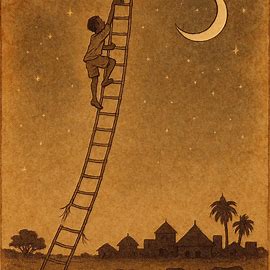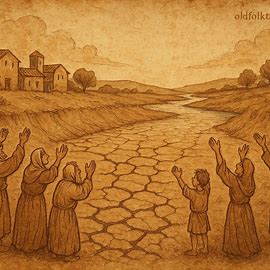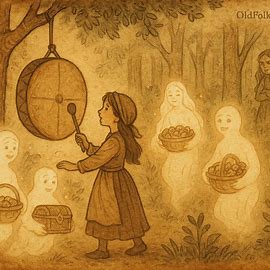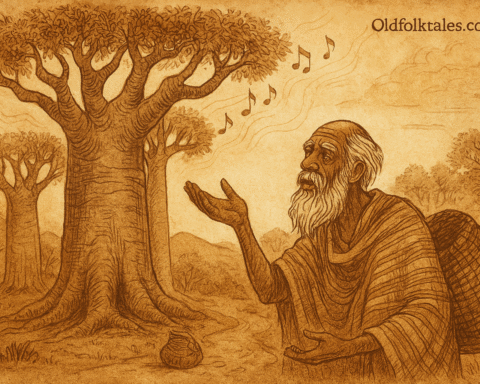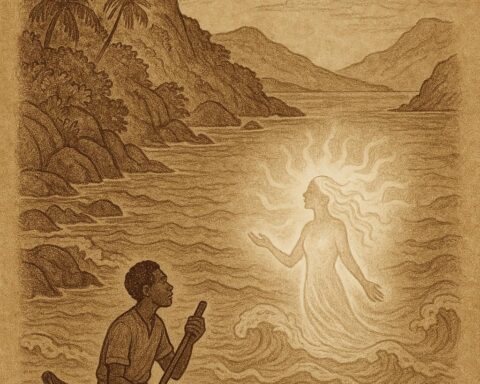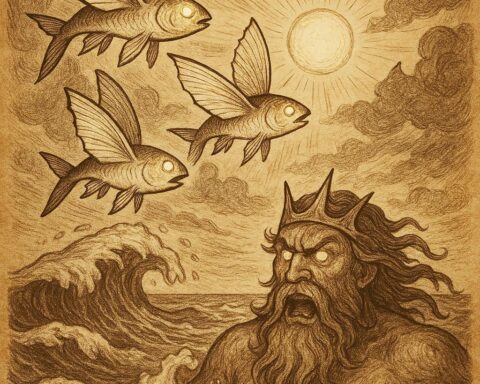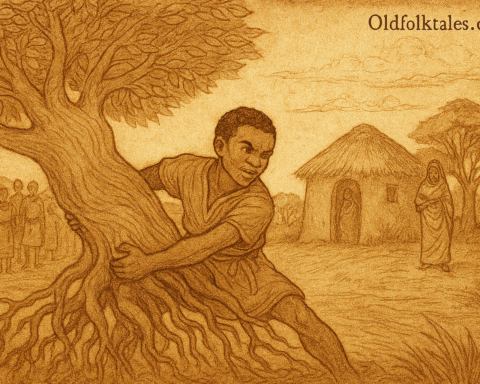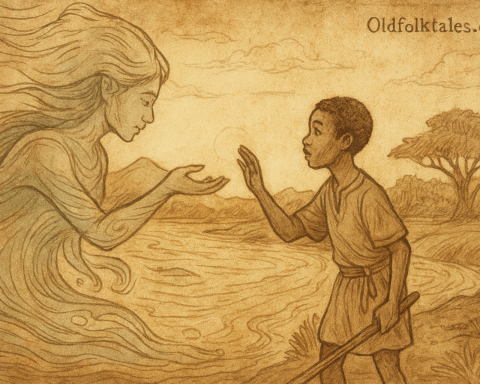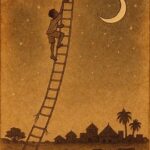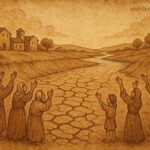In the heart of the Sudanese wilderness, where tall grasses swayed in the wind and shadows of acacia trees stretched across the golden plains, a lioness brought two cubs into the world. From the moment they opened their eyes, the difference between them was clear. One cub grew strong and bold, with firm muscles and a roar that promised power. The other was fragile and timid, with delicate limbs and a quiet voice that struggled to rise above the sounds of the wild.
The lioness loved both her young, but her heart tilted more toward the weaker cub. She feared the dangers of the savanna would easily overwhelm it, the sudden strike of a snake, the leap of a leopard, or even the hunger of another lion. So, she shielded the frailer one with special care. When food was scarce, she pushed the choicest portions toward the weak cub. When threats loomed, she curled her body around it, whispering her protection through licks and warmth.
The strong cub noticed. Though loved, it received less of her attention. It roamed freely, teaching itself to hunt insects, chase shadows, and sharpen its claws on tree bark. It grew fiercer with every passing moon, its body lean and steady, its spirit hardened by independence.
Seasons shifted, rains returned and fled, and the cubs became more aware of the dangers surrounding them. Then came the day when fate placed the lioness and her young in the path of a hunter.
READ THIS: The Cunning Jackal: A Sudanese Folktale That Teaches Lessons on Caution and Wisdom
The man moved silently through the grasses, bow in hand, arrows glinting in the fading light. His eyes caught the movement of the cubs. The lioness, though fierce, was at a distance, for she had been searching for food. When the hunter stepped forward, the strong cub did not hesitate. With courage burning in its chest, it leapt to defend its family. Teeth bared, claws flashing, it rushed against the intruder.
The weaker cub, trembling, pressed itself into the shadows, hiding from sight. Its heart beat fast, but it could not summon the strength to stand beside its sibling.
The hunter’s arrow flew. The strong cub fell, its brave body struck down. Without pause, the hunter reached into the thicket and pulled the trembling weak cub from its hiding place. Trapped in the grip of man, the small one whimpered.
When the lioness returned, the sight before her was unbearable. The strong cub lay lifeless, the weak one bound in the hands of her enemy. She roared, the sound echoing across the plain, but it could not undo what had been done.
In grief she whispered, “Had I loved them both equally, had I given each the same strength and the same share of my heart, they would have been saved. One might not have fought alone, the other might not have hidden.”
Her cry carried with the wind, a mournful lesson that outlasted her sorrow.
Moral Lesson
This Sudanese folktale teaches that love must walk hand in hand with balance. The lioness believed that protecting the weaker cub through favoritism would keep it safe, but in doing so she left the stronger one to stand alone and the weaker one without courage. True care is not found in unequal devotion but in guiding every child, or every responsibility in life, with fairness and balance.
The story reminds us that when love is given unequally, strength and unity are lost. Just as the lioness wept for her mistake, so too do we risk loss when we value one side of our duties over another. Equality nurtures resilience, and balance protects from ruin.
Knowledge Check
Q1: Who are the main characters in this Sudanese folktale?
The lioness, her strong cub, her weak cub, and the hunter are the central figures.
Q2: Why did the lioness love the weaker cub more?
Because it seemed fragile and in constant need of protection from the dangers of the wild.
Q3: What did the strong cub do when the hunter appeared?
It courageously fought the hunter in an attempt to defend its family.
Q4: What happened to the weak cub during the hunter’s attack?
It hid in fear but was later captured by the hunter.
Q5: What realization did the lioness have at the end of the story?
She regretted favoring one cub over the other, realizing equal love and guidance might have saved them both.
Q6: What broader cultural lesson does this tale convey?
It highlights the Sudanese wisdom about balance, fairness, and the dangers of favoritism within family and community.
Source: Sudanese folktale (collected among the Nuba people, with Nilotic parallels, especially the Dinka, by Frobenius, 1923).
